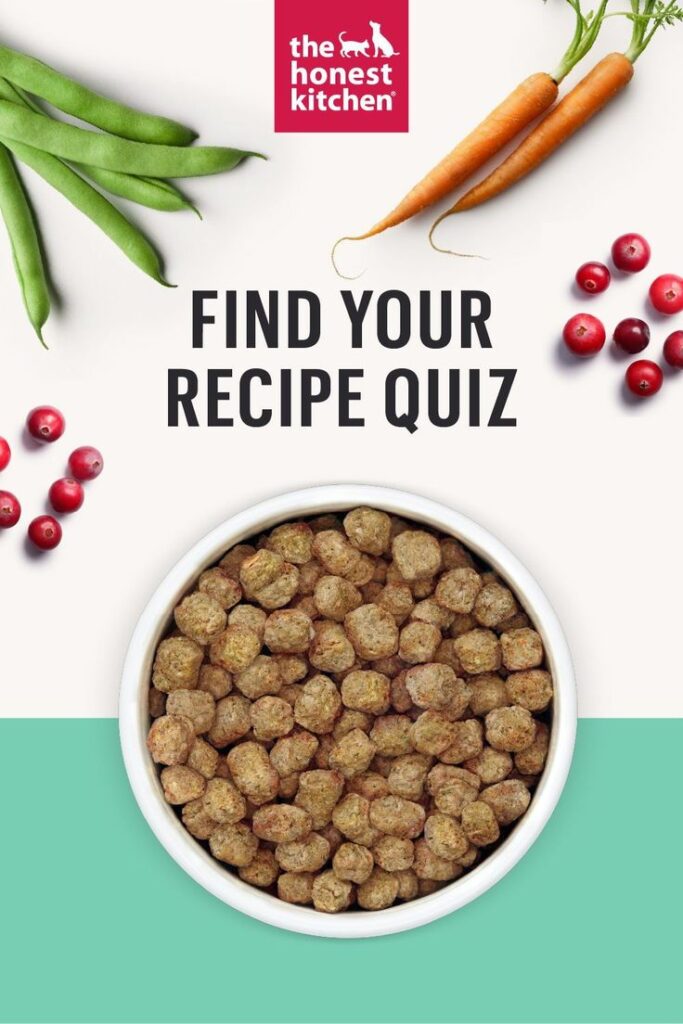
Introduction
Luv My Pet Shop guides you to choose the best pet food for your pet, and choosing the right food for your pet is one of the most important decisions you can make as a pet owner. A well-balanced diet keeps your furry friend happy, energetic, and healthy. Luv My Pet shop Guide to choose the best pet food .But with so many pet food options available, how do you know which one is best for your pet? This guide will help you make the best choice for your pet’s needs.
1. Understand Your Pet’s Nutritional Needs
Every pet is unique, and their diet should be tailored to their species, age, size, and activity level. Here are key factors to choose the best pet food for a happy, healthy pet
- Dogs: Require a balanced mix of protein, fats, carbohydrates, vitamins, and minerals.
- Cats: Obligate carnivores, meaning they need a diet rich in animal-based proteins.
- Small Pets (rabbits, guinea pigs, hamsters): Thrive on hay, fresh vegetables, and species-specific pellets.
2. Types of Pet Food
There are several types of pet food available, each with its pros and cons:
Dry Food (Kibble)
- Long shelf life and easy storage
- Helps with dental health
- Cost-effective
Wet Food (Canned or Pouched)
- Higher moisture content (great for hydration)
- More palatable for picky eaters
- Can be more expensive than a dry food
Raw or Fresh Food Diets
- Mimics a pet’s natural diet
- Often free from artificial preservatives
- Requires careful handling to prevent bacteria contamination
Homemade Pet Food
- Full control over ingredients
- Requires vet consultation to ensure balanced nutrition
3. How to Read Pet Food Labels
Understanding pet food labels can help you choose high-quality products. Look for:
- Real meat as the first ingredient (e.g., chicken, beef, fish)
- No artificial preservatives, colors, or fillers
- Essential nutrients like omega fatty acids, vitamins, and probiotics
Avoid products with excessive by-products, unnamed meat sources, and artificial additives.
4. Special Diets and Allergies
Some pets have dietary restrictions or food sensitivities. Consider:
- Grain-free diets for pets with grain allergies
- Limited ingredient diets for food sensitivities
- Veterinary prescription diets for pets with medical conditions
5. Transitioning to a New Pet Food
When you switch the pet food, do it gradually so it prevents digestive upset.
- Day 1-2: 25% new food, 75% old food
- Day 3-4: 50% new food, 50% old food
- Day 5-6: 75% new food, 25% old food
- Day 7+: 100% new food
Conclusion
Feeding your pet the right food is essential for their overall well-being. Luv My Pet shop Guide to choose the best pet food Always choose high-quality, nutritious pet food that meets their specific needs. When in doubt, consult your veterinarian for personalized recommendations.
By making informed choices, you’ll ensure your pet lives a long, happy, and healthy life! 🐾
